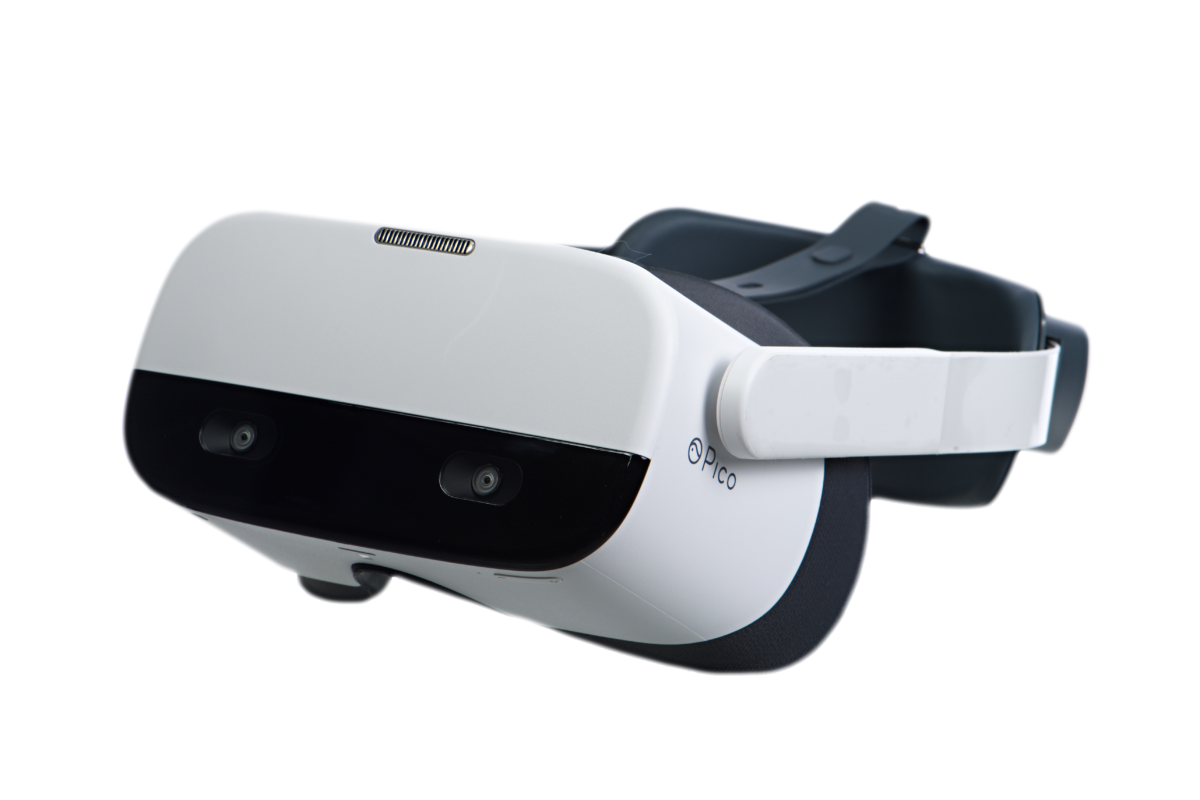Part Two
In Part One of this four-part series, we looked at how to improve the effectiveness of your employee training program, including why it’s important, what the current generation of workers is looking for and why virtual reality (VR) is one of the best ways to address those needs.
For many companies, however, trying to figure out how to introduce VR into corporate training regimens is the real challenge. Should it be done all at once or piecemeal? Are there certain departments that are better suited to VR training?
Instructional Design
The first step in rolling out VR in your employee training programs is understanding the importance of instructional design. In short, instructional design is a way of designing, developing and delivering training with the goal of achieving a measurable result.
There are a number of different instructional design models, including ADDIE (one of the first models), Merrill’s Principles of Instruction, Gagne’s Nine Events of Instruction and Bloom’s Taxonomy.
While each model has its own advantages and disadvantages, they all encompass a methodical way of approaching the training process. As one of the first widely accepted instructional design models, ADDIE continues to be the basis of many subsequent models. ADDIE is an acronym that describes the steps involved: analysis, design, development, implementation, and evaluation. Karla Gutierrez, in an excellent article on Shift eLearning (linked above), describes the steps of ADDIE this way:
“Step #1 Analysis—Why is the training needed? The instructional designers (IDs) answer this question after exhaustively collecting information and profiling target learners, and understanding the needs and expectations of the organization. Analysis drives design and the development process.
Step #2 Design—In this phase, IDs select the instructional strategy to follow, write objectives, choose appropriate media and delivery methods.
Step #3 Development—IDs utilize agreed expectations from the Design phase to develop the course materials.
Step #4 Implementation—The course is released/rolled-out, delivered, to the learners, and its impact is monitored.
Step # 5 Evaluation—Is the course providing the expected results? IDs collaborate with the client and evaluate the impact of the course based on learner feedback, surveys, and even analytics.”
Subsequent improvements or replacement models may label things differently, or have a slightly different approach. But at their core, many are simply variations of these basic principles. Understanding these principles can make it a relatively simple process to figure out where to incorporate VR in your training regimen.
Analysis
The first step is to analyze why you want to implement VR and what you hope to gain by introducing it. Are you hoping to cut down on training time? Are you trying to engage younger generations of workers who aren’t responding well to traditional training methods? Is it your goal to decrease the number of mistakes new employees make by giving them near real-world experience without real-world consequences? Do you want to help established teams break out of a rut and try new ideas, without worrying about how it will impact their performance?
Before deciding where and how to implement VR, know exactly what you want to achieve. Once you know this, it will be much easier to decide which departments or teams will receive VR training first.
Design
The next step is for your IDs to take your stated goals and design a VR instruction course that accomplishes them. Will it is completely immersive or will it include augmented reality (AR) elements to allow instructors to interact with the students while they’re in the simulation? Will the VR course be a full-body immersive experience, or focused on what a person sees, hears and handles?
Development
This is the hard part: taking the analysis and design and turning it over to the developers to make it a reality. Unlike a traditional course, where the course designers can often develop the entire course themselves, depending on the complexity, VR-based courses will likely require the help of a developer or team of developers. Some VR development environments have tools aimed at designers and non-programmers to help them implement their vision, but these will only go so far. The more complicated the VR, the more developers will be a necessity.
Implementation
Once you’ve done the proper analysis, design, and development, then comes the implementation. If the previous steps have been done carefully and methodically, implementing the VR training should be a smooth endeavor, although we’ll discuss this in more detail in Part Three of our series.
As an added benefit, VR’s futuristic approach is sure to make it a popular option. This should result in higher engagement and satisfaction with the training itself.
Evaluation
The final step of the process is evaluating the effectiveness of the training. We’ve already touched on employee engagement and satisfaction in the realm of implementation, but these qualities also play a part in the evaluation. How do employees feel about the training days or weeks after? Do they still speak positively about it? Is there talk of, or even requests for, refresher courses?
Beyond employee sentiment, there should be definitive criteria on which to evaluate and determine the program’s success. Are employees more productive? Is there a decline in costly errors? Is efficiency up? Do employees feel more confident tackling assignments?
VR and Instructional Design
While VR may have gained its initial popularity in the gaming market, implementing the technology in your company’s training regimen is serious business. For best results, use an instructional design model—such as ADDIE—to establish clearly defined objects and the milestones necessary to achieve them.
In Part Three of our series, we’ll look at the nuts and bolts of implementing VR hardware.

PIXO Has Improved VR Management to One Easy Step

